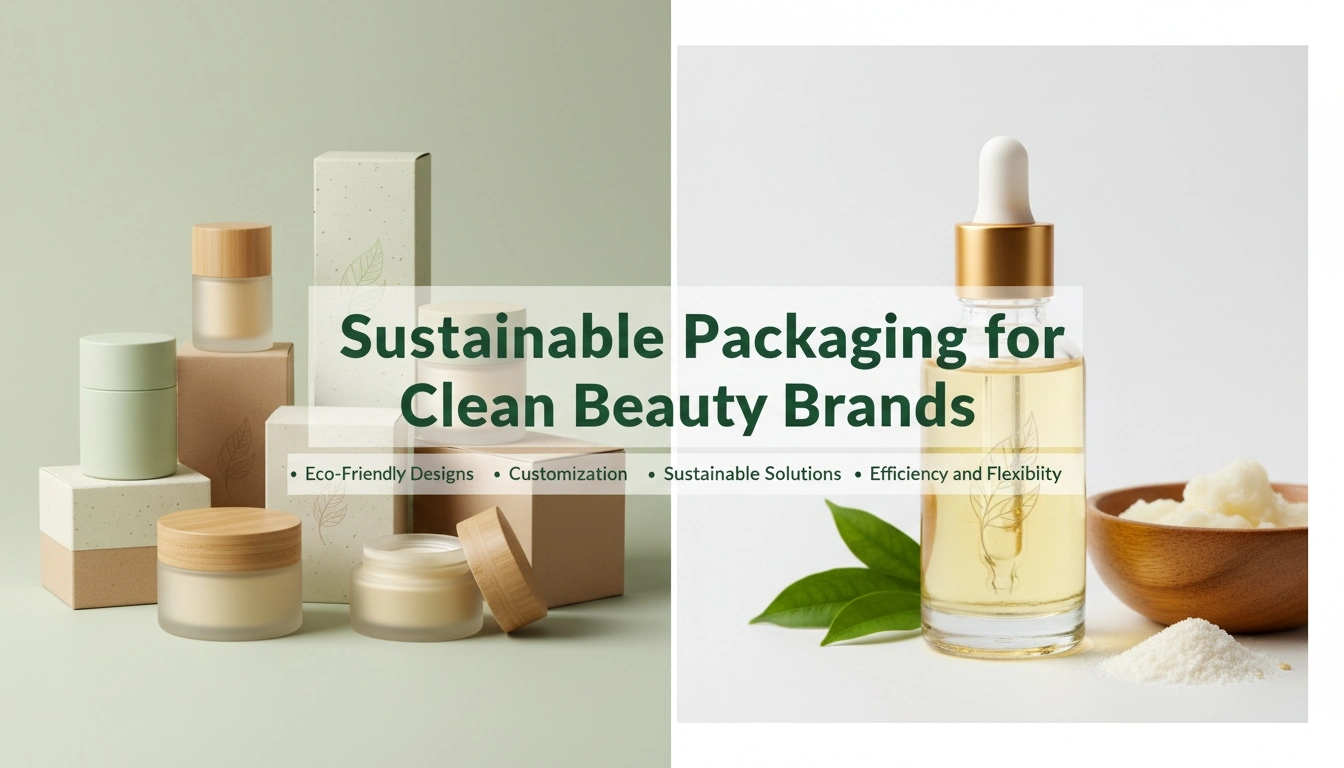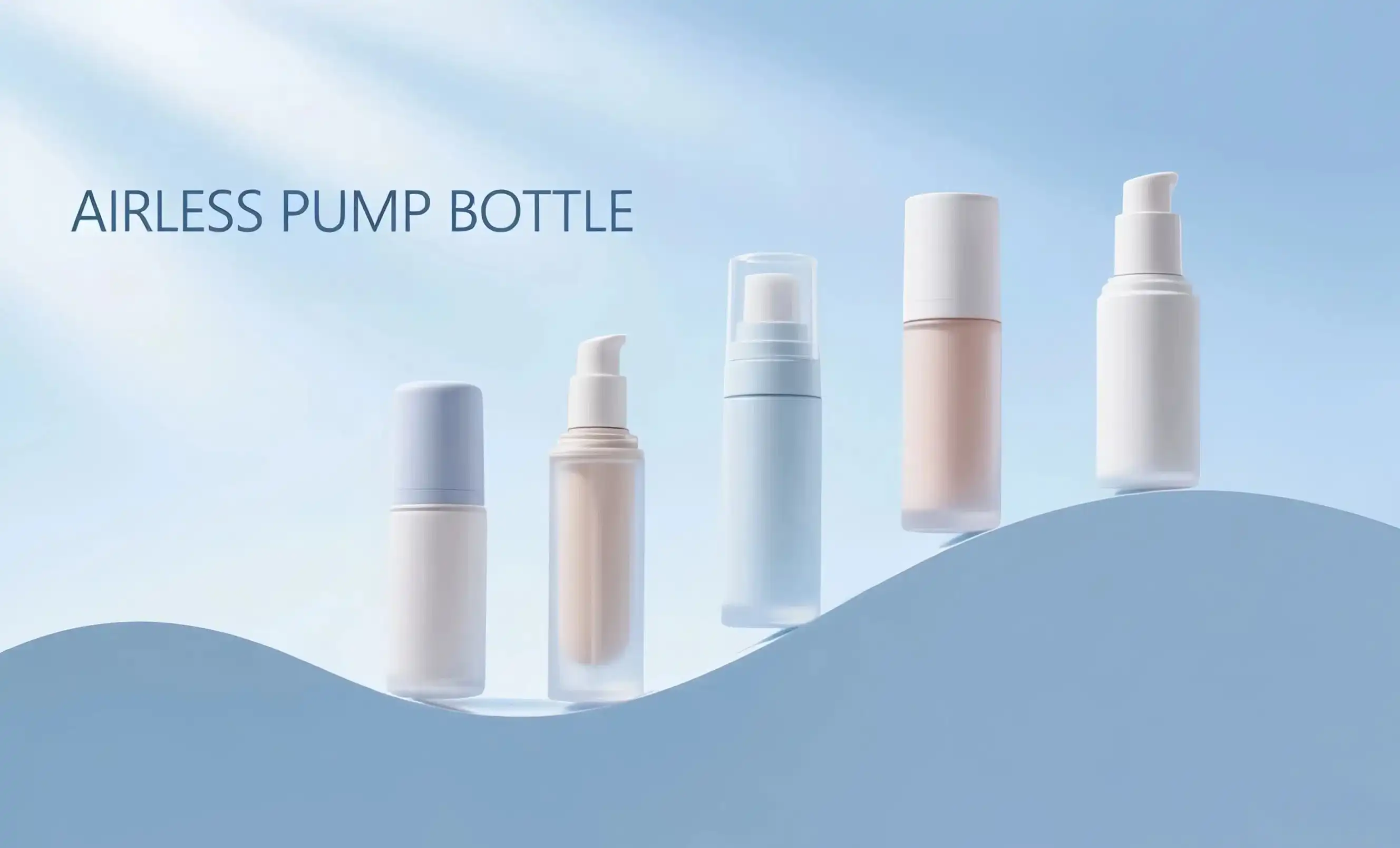In this era of heightened environmental awareness, eco-friendly airless bottles are emerging as a cornerstone of sustainable packaging solutions. These innovative containers not only preserve product integrity by minimizing air exposure but also align with the growing consumer demand for environmentally responsible options. Going forward, the integration of such sustainable packaging elements with emotive design principles will be crucial in creating brand stories that resonate on both functional and emotional levels.
What Makes Tiffany's Blue Box So Iconic? Decoding Emotional Packaging
The power of emotional packaging is perhaps best exemplified by the iconic Tiffany & Co. blue box. This simple yet distinctive packaging has become synonymous with luxury, romance, and aspiration. The success of Tiffany's packaging lies in its ability to evoke strong emotional responses and create a sense of anticipation even before the product is revealed.
The Psychology of Color in Packaging
Color psychology plays a crucial role in emotional packaging. The specific shade of blue used by Tiffany, known as "Tiffany Blue," has been protected as a color trademark since 1998. This color choice is not arbitrary; blue is often associated with trust, dependability, and sophistication - all qualities that align perfectly with the brand's identity.
Consistency and Recognition
The consistent use of this distinctive packaging across all products and touchpoints has created instant brand recognition. This level of consistency in packaging design helps to build a strong brand identity and fosters a sense of trust and familiarity among consumers.
As the market evolves, brands will need to find their own unique visual language that can evoke similar emotional responses. This might involve the use of distinctive colors, textures, or shapes that become instantly associated with the brand and its values.
Structural Storytelling: How Bottle Shapes Influence Brand Perception
The structural design of packaging, particularly in the case of bottles, plays a significant role in shaping brand perception and telling a brand's story. The shape, size, and tactile elements of a bottle can communicate a wealth of information about the product and the brand behind it.
Ergonomics and User Experience
The way a bottle feels in hand can significantly impact the user experience. Ergonomic designs that are comfortable to hold and easy to use can create a positive association with the brand. For instance, eco-friendly airless bottles not only offer environmental benefits but can also be designed to provide a premium feel and effortless product dispensing, enhancing the overall user experience.
Symbolism in Bottle Design
Innovative bottle shapes can serve as powerful symbols of a brand's identity and values. For example, a sleek, minimalist bottle might communicate modernity and efficiency, while a more ornate design could suggest luxury and indulgence. In the near future, we can expect to see more brands leveraging advanced manufacturing techniques to create unique bottle shapes that serve as brand signatures.
Sustainability Through Structure
The structural design of packaging will increasingly be influenced by sustainability concerns. Brands will need to balance aesthetic considerations with environmental responsibility. This might involve creating bottles that are easily recyclable, made from sustainable materials, or designed for refilling. The challenge will be to maintain brand identity and emotional appeal while prioritizing ecological considerations.
The Psychology of Unboxing: Designing Multi-Sensory Luxury Experiences
The unboxing experience has become a crucial part of brand storytelling, particularly in the luxury sector. Today, brands will increasingly focus on creating multi-sensory unboxing experiences that engage not just sight, but also touch, smell, and even sound.
Tactile Elements
The texture and feel of packaging materials can significantly enhance the perceived value of a product. Luxury brands often use high-quality materials that feel pleasant to touch, creating a sense of indulgence from the moment the customer interacts with the package. This tactile experience can be extended to the product itself, such as the smooth feel of an eco-friendly airless bottle, which combines sustainability with a premium sensory experience.
Scent Marketing
Some brands are incorporating signature scents into their packaging, creating an olfactory brand identifier. This technique can be particularly effective for beauty and fragrance products, where the scent is an integral part of the product experience. In the near future, we may see more brands experimenting with subtle, embedded scents in their packaging to create a more immersive unboxing experience.
Sound Design
The sound of a package being opened can also contribute to the overall experience. Luxury car manufacturers, for example, often engineer the sound of their car doors closing to convey a sense of solidity and quality. In the beauty industry, the satisfying 'click' of a compact closing or the gentle 'whoosh' of an airless pump can become part of the brand's auditory signature.
Going forward, the integration of these multi-sensory elements in packaging design will become increasingly sophisticated. Brands will need to consider how each sensory touchpoint contributes to their overall narrative and brand experience.
In conclusion, the future of brand storytelling through packaging lies in the seamless integration of structural design, emotional communication, and sustainability. As the market evolves, brands that successfully combine these elements will be able to create packaging that not only protects and presents their products but also serves as a powerful medium for conveying their unique stories and values.
For beauty brands looking to stay ahead of these packaging trends, partnering with innovative packaging suppliers is crucial. Topfeelpack offers advanced eco-friendly airless bottles that combine sustainability with premium design and functionality. Our commitment to fast customization, competitive pricing, and rapid delivery makes us an ideal partner for brands seeking to elevate their packaging strategy.
Ready to transform your brand's packaging story? Contact Topfeelpack today at pack@topfeelgroup.com to explore our range of sustainable and customizable packaging solutions. Let's create packaging that not only protects your product but also tells your brand's unique story.
References
- Johnson, A. (2024). The Evolution of Packaging Design: Trends for 2025 and Beyond. Journal of Brand Management, 32(2), 145-160.
- Smith, B. & Lee, C. (2023). Emotional Design in Product Packaging: A Consumer Behavior Study. International Journal of Marketing Research, 45(3), 278-295.
- Garcia, M. (2024). Sustainable Packaging Solutions: Balancing Eco-Friendliness and Brand Identity. Sustainability Science, 18(4), 412-428.
- Wong, D. (2023). The Psychology of Unboxing: Creating Multi-Sensory Brand Experiences. Journal of Consumer Psychology, 39(1), 67-84.
- Brown, E. & Taylor, F. (2024). Structural Storytelling: The Impact of Package Design on Brand Perception. Design Studies, 56, 189-205.
- Roberts, K. (2023). The Future of Luxury Packaging: Trends and Innovations for 2025. Luxury Research Journal, 11(2), 112-130.

 - 副本_1745399213966.webp)

_1747827716538.webp)

